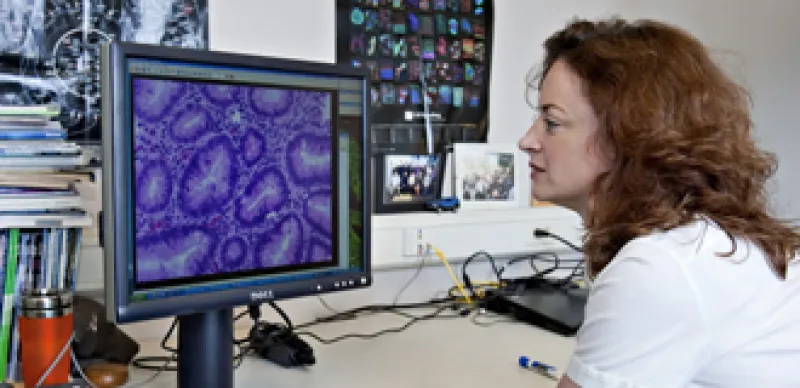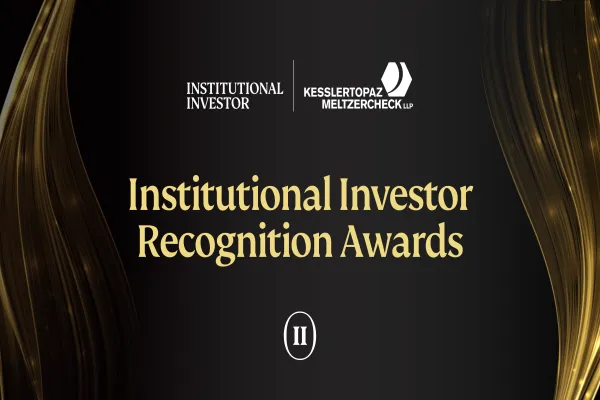Life sciences companies in fields such as biotechnology, pharmaceuticals and biomedical technologies had a banner financing year in 2010, in spite of the fact that the health care sector was among the worst performing sectors in the stock market.
Life sciences companies in the U.S. raised $9 billion in financing from venture capitalists, more than double the $4 billion they raised in 2009, according to Burrill & Company, a San Francisco-based life sciences investment bank and data provider. However, most of the capital was in late stage financings: venture capitalists being forced to put up large sums of money to keep alive cash-burning companies that couldn’t make IPO exits or be acquired. The real boost came from corporate acquisitions of life sciences, triggered no doubt by Sanofi’s hostile bid to acquire Genzyme for $18.5 billion.
The life sciences acquisition spree is expected to continue in 2011, fueled in part by cheap credit and by the abysmally weak funding pipelines of drug companies. But the uncertainty around U.S. healthcare reform, FDA regulations and the condition of the healthcare market itself may put a damper on the overall financing of the life sciences. More significantly, the U.S. life sciences industry might find itself overtaken by the Asian markets where companies such as Kangmei Pharmaceuticals, Dr. Reddy’s Laboratories, Takeda and Sankyo are not only large players but also potentially the most active dealmakers.
The life sciences financing market is going global, possibly to the detriment of U.S. companies, especially the firms in their formative stages. And certainly to the disadvantage of a healthcare system that badly needs reform, solutions and capital.
The IPO markets for life sciences also improved. A total of 17 biotech companies raised $1.19 billion, but investors were selective, looking more for companies with products and revenues than the promise of drugs in development. Nonetheless, the biggest U.S. IPO of the year was that of Pacific Biosciences, a biotechnology company that raised $200 million despite having no product and no revenue. Pacific, a maker of genomic mapping software that already had received $370 million in venture capital from Kleiner Perkins, Mohr Davidow, Alloy Ventures among others, sold 12.5 million shares at $16 a share. However, the word’s largest life sciences IPO in 2010 was that of Japan’s Otsuka Pharmaceuticals, which raised a record $2.4 billion.
Investors were not as kind to HCA, a hospital management company that in April filed for an IPO financing that was expected to raise a record $4.6 billion. HCA, the Nashville hospital company founded by William Frist, Sr., the father of former Tennessee Senator Bill Frist, went private in a $33 billion leveraged buyout in 2006. Although HCA pared down its debt to cash flow ratio to less than 5 from 6.4 at the time of the IPO, investors would not bite. The HCA IPO has been shelved indefinitely.
Ironically, the largest source of capital to the life sciences industry in 2010 was debt, says the Burrill Report. Among the big borrowers: Gilead Sciences (US$2.2B), Life Technologies (US$1.5B), Valeant Pharmaceuticals (US$1.2B), Genzyme (US$1B) and Mylan (US$800M).
Still, M&As have been at the heart of all financings, led by Abbott Laboratories’ $6.2 billion acquisition of Solvay Pharmaceuticals and Ethicon’s acquisition of Acclarent for $785 million. Additionally, as companies such as Takeda, Daiichi Sankyo, Ranbaxy become more aggressive, the merger activity will accelerate. But the focus will be on products and product lines that already have fast-growing markets.
U.S.-based companies, more than likely, will be the buyers, not the sellers. And the capital flows will be out, not in.






